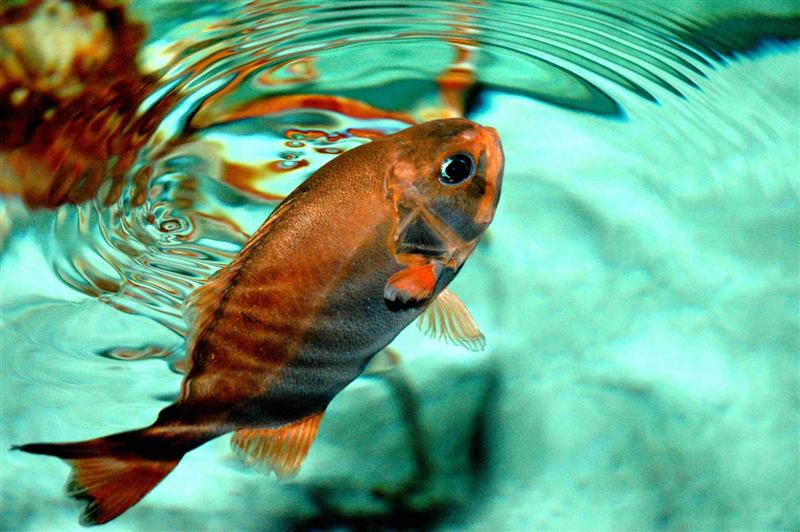I have a new flame angel in quarantine and she's being a complete PITA, refusing all food for a week and developing a hole with white edges in the middle of her tailfin.
I noticed a white bump on her tail fin a few days ago and this is what she's like now.
I'm so worried that I'm going to lose her, what is the nature of this aliment and what should I do?
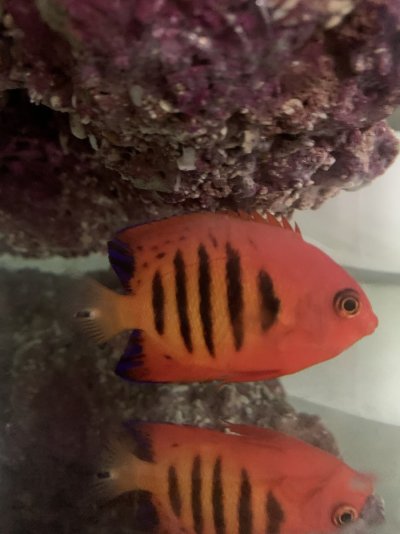
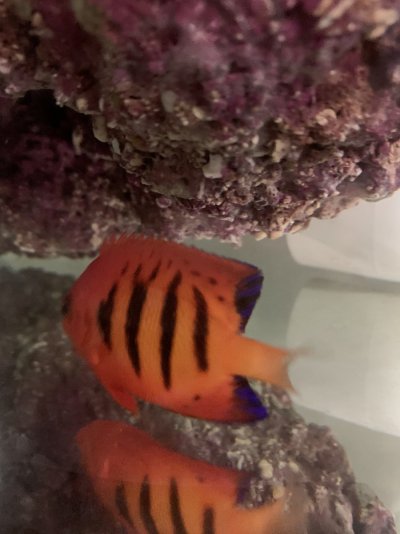
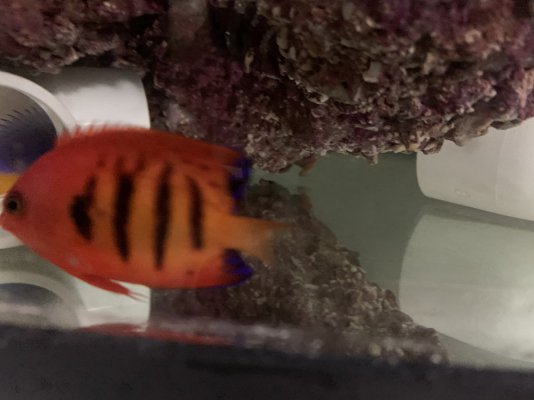
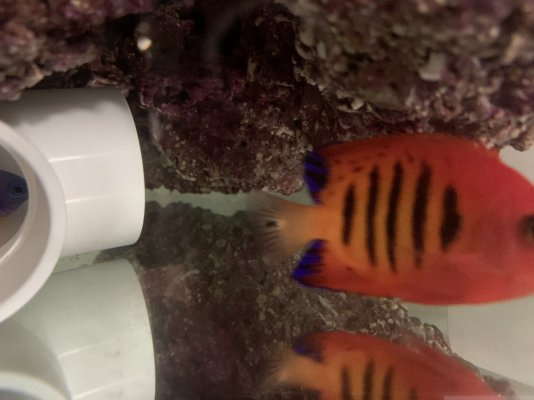
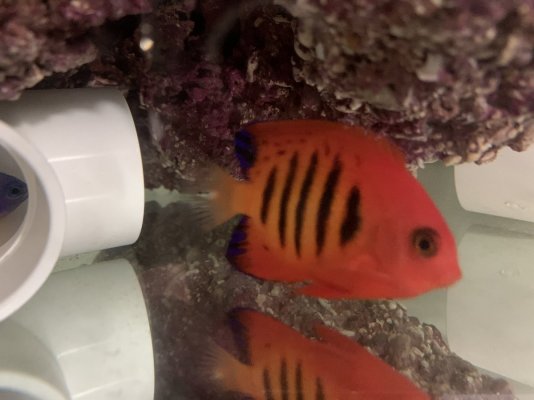
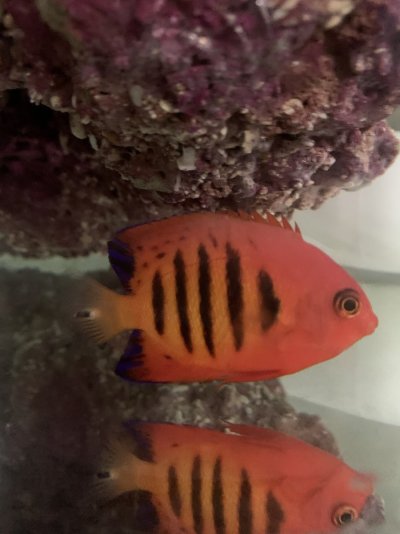
I noticed a white bump on her tail fin a few days ago and this is what she's like now.
I'm so worried that I'm going to lose her, what is the nature of this aliment and what should I do?






Last edited:






